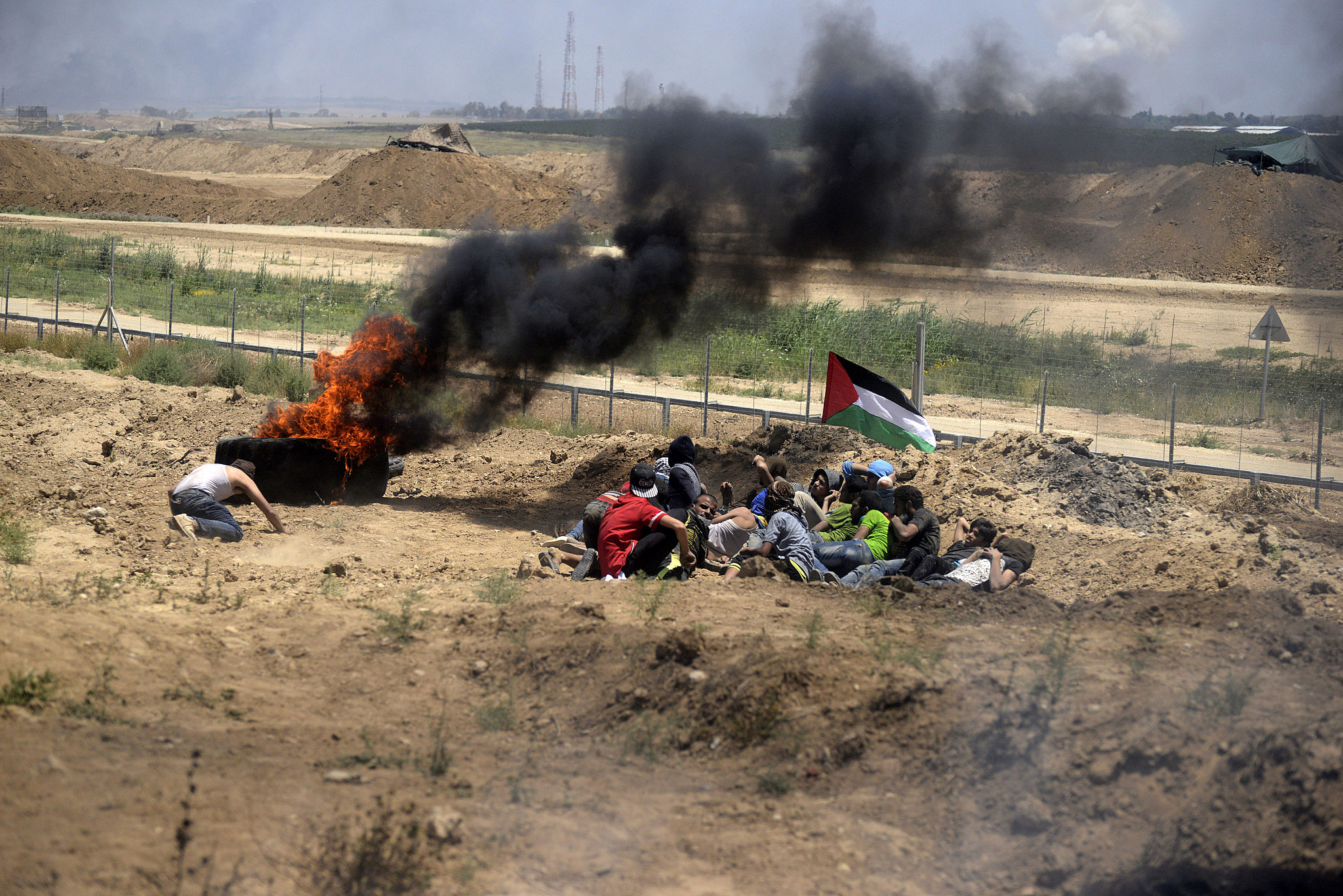On May 14, 2018, the deadliest day of the Great March of Return protests along the Gaza-Israel fence, the Israeli military shot dead 60 Palestinians and injured 2,771 more — half of them with live fire. The massacre unfolded at the same time as a ceremony marking the transfer of the U.S. embassy from Tel Aviv to Jerusalem.
The following day, the IDF Spokesperson released a statement announcing that Israeli forces had “ambushed” a “Hamas terrorist cell” southeast of Jabaliya in the strip. The troops, who apparently had intelligence on the location of the cell, shot dead “eight Hamas terrorists” following an exchange of gunfire.
The announcement was widely picked up by Israeli news outlets, whose reporting on the so-called “battle” was based on the IDF statement — which included photos, video, and an account of how the situation unfolded.
The reporting, which was picked up by the international media, also went into detail about the different types of weapons that were found on the bodies of the Hamas militants, including pistols with mostly empty cartridges, grenades, other kinds of explosives, and tools seemingly meant to breach the Gaza fence.
The IDF’s press release continued its messaging from the day of the killings, during which it had declared at least 24 of the Palestinians killed in the protests to be terrorists.
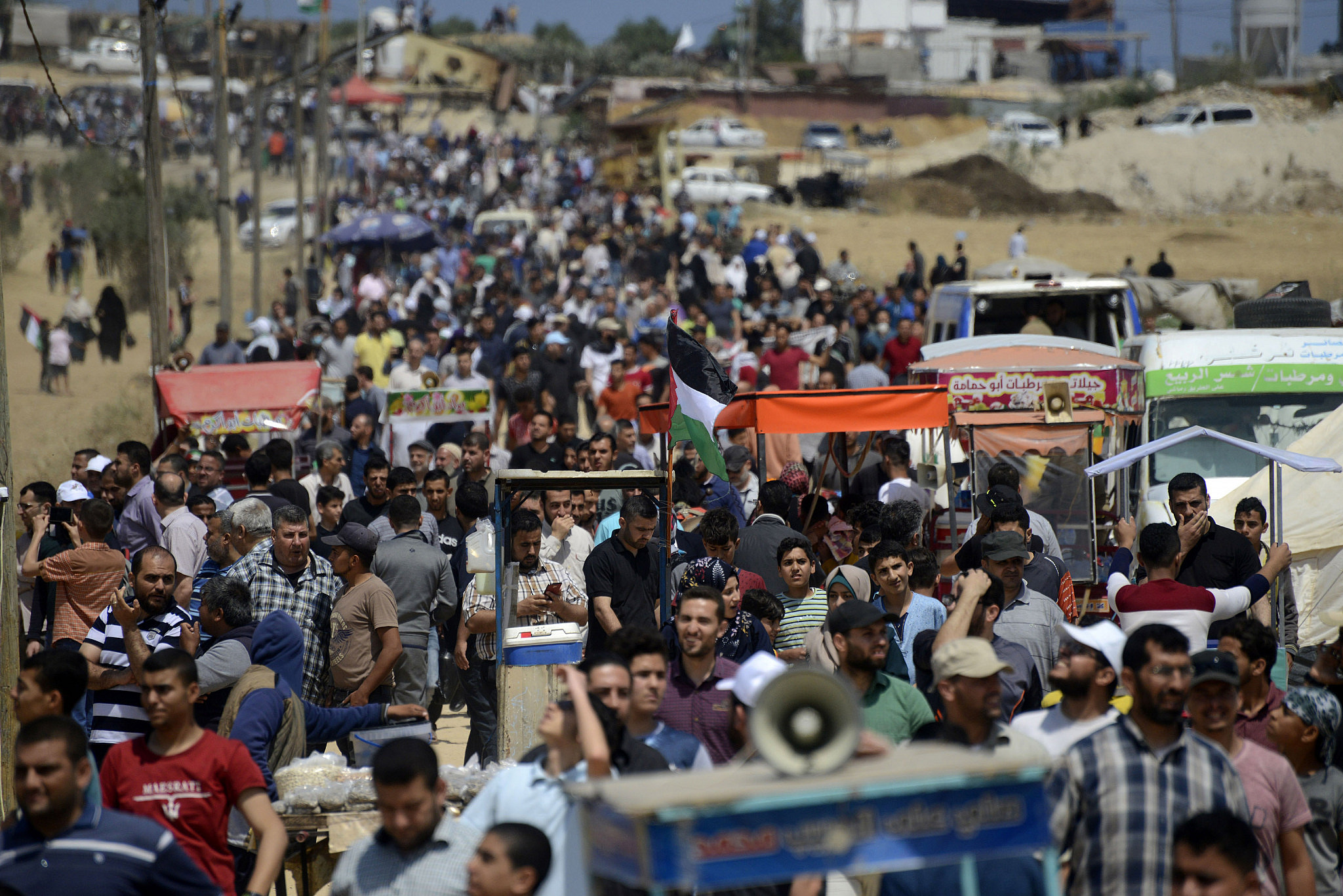
For Hillel Bardin, an 84-year-old left-wing activist, something about the IDF’s account of the battle didn’t feel right. He began looking into what transpired that day on his own , and for the past 18 months has been trying to get the army to answer a very simple question: did this shoot-out take place or not?
‘Suspicious’
Two years after the alleged events, Bardin has still not been able to get a direct answer to his query, despite repeated requests to the Military Police Criminal Investigations Department (MPCID), the military prosecutor, the IDF Spokesperson, the Justice Ministry, and the State Comptroller.
Like many, Bardin closely followed the Gaza border protests, which began in March 2018. The media reports on the May 14 battle left him dismayed. “I was very disappointed when I heard that [Hamas] opened fire,” he says from his home in Tel Aviv. “I thought that [the demonstrators] were trying to hold a nonviolent protest, and going by what the IDF Spokesperson said, how is it nonviolent when they’re shooting at soldiers?”
But Bardin quickly became suspicious of the IDF’s account. One detail in particular stuck out: a lack of information on whether Israel was holding on to the bodies of the dead Palestinians as it often does.
“I kept searching,” Bardin says. “I called the IDF Spokesperson to get some answers and they didn’t want to give them to me. They transferred me to someone else and wanted to know why I was after this information. In the end I didn’t get a response. That also made me suspicious.”
A friend of Bardin’s helped him go through Palestinian newspaper reports from the time of the alleged battle. There was no mention of the incident.
“I thought it might not have made the news because of the high number of fatalities that day, but then I thought to myself that eight armed Palestinians opening fire together is rare, and that it was odd that it had not been reported on,” Bardin says.
What’s more, the IDF Spokesperson’s press release included a photograph of a Palestinian health insurance certificate bearing the name Tamer Farouk Subhi Abu Ghaban. Bardin could not find that name on any lists of Palestinians killed that day.
Bardin didn’t give up. On March 18, 2019, he called the MPCID’s offices in the occupied West Bank and, after a brief conversation, was invited to the Central Operational Investigations Unit in Tel HaShomer, east of Tel Aviv. He went two days later, where he met investigator Arielle Bennett, who listened to him at length.
“I was amazed that she didn’t tell me to get out,” Bardin says. “She took what I was saying seriously.” Although the investigator was not allowed to directly intervene herself, she passed on Bardin’s concerns to a different investigative unit and told him that they would look into it.
Bardin also approached numerous journalists in the course of his investigation. Most did not want to hear what he had to say. A senior military correspondent told him that the IDF would not make up a story like this. “Sometimes they exaggerate, but creating something out of nothing? It’s not possible,” the reporter told Bardin.
‘No record of the location and identities of the Palestinians killed’
Bardin has kept a detailed log of every conversation he has had, as well as every email and letter he has received in response to his inquiries. He has had dozens of phone calls and exchanges of correspondence, all while being passed from one branch of the army to another.
“They were very positive when I filed the complaint,” Bardin says with a smile. But after a certain point, he continues, the MPCID hotline staffers were told not to talk to him.
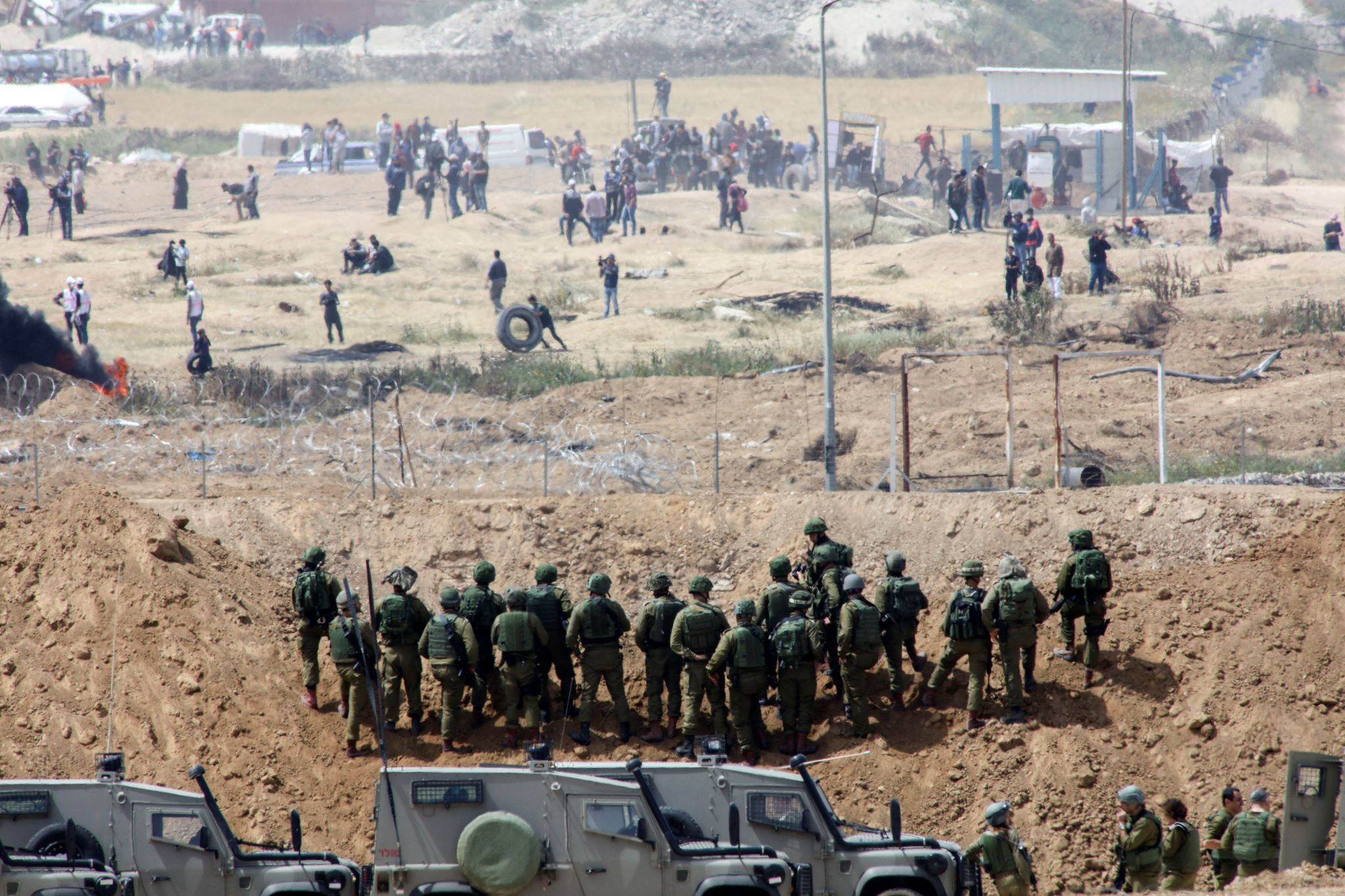
The National Operational Investigations Unit told Bardin that the file had been transferred to the military prosecutor. The MPCID told him the “investigation had been concluded” and that his complaint was accepted. In June 2019, over a year after the event, the MPCID said the file had been “shelved” back in March, and that he must “search for false information in the prosecutor’s office.” The prosecutor didn’t respond to Bardin.
Growing desperate, Bardin approached an attorney at the end of June 2019 in order to represent him. Adi Lustigman, who took up the case, sent a formal letter to the prosecutor for operational affairs on July 16.
Lustigman received a response the following day, according to which “the event alleged in your inquiry was clarified by a general staff investigation. The findings were transferred to the head military prosecutory.” The letter was signed by Major Avishai Kaplan, head of the Office of the Military Advocate for Operational Affairs and officially confirmed that an investigation had been opened following Bardin’s complaint.
In January 2019, Bardin also approached the IDF Spokesperson, both as the source of the initial information regarding the alleged battle and as the responsible party for freedom of information in the military. He sent over a list of questions, including where the Palestinians’ bodies were located, when the information and visual materials included with the press release had been compiled, and who Tamer Farouk Subhi Abu Ghaban was.
Around seven months later, Bardin and Lustigman received a response. A short letter from the IDF Spokesperson said that the army had “no record of the location and identities of the Palestinians who were killed,” and that as a result they could not properly deal with his request.
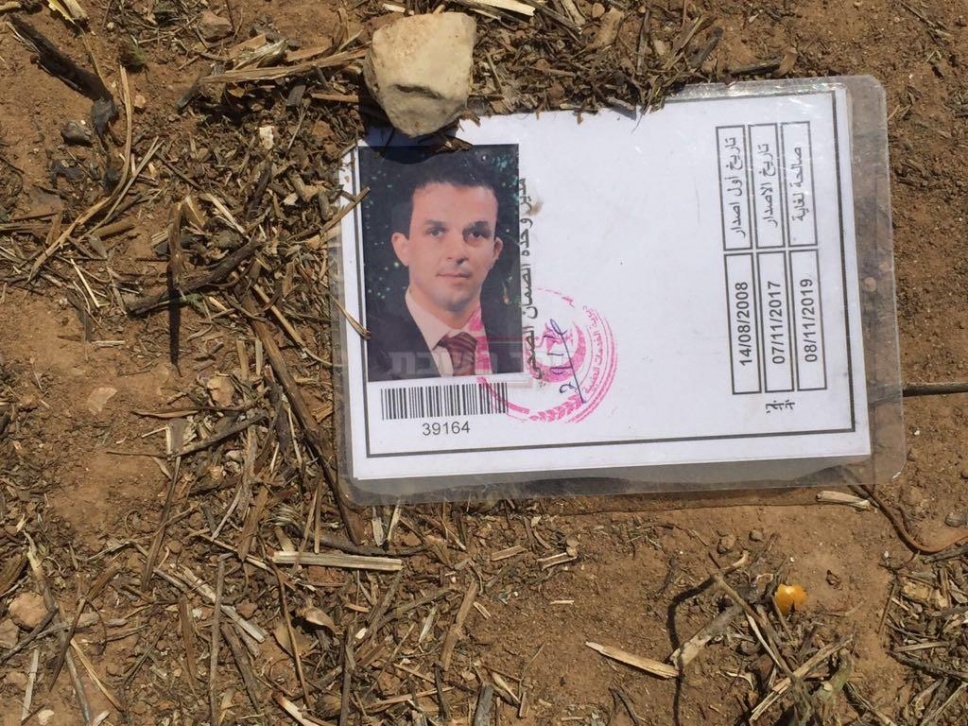
The letter further stated that all the visual materials included in the press release were captured on May 14, 2018, and that Tamer Farouk Subhi Abu Ghaban was “one of the terrorists.” Other than that, the letter continued, the IDF was “not in the possession of information to answer your request.”
In October 2019, Lustigman turned to the prosecutor to see if there was an update about the investigation and when it might conclude. Kaplan, of the Office of the Military Advocate for Operational Affairs, sent Lustigman another letter in November, saying that the military police investigating Bardin’s complaint had passed it on to the general staff investigatory unit for further examination.
Kaplan’s letter noted that several incidents from March 2018 onward, in which Palestinians had been injured at the Gaza fence, were under investigation — including the “battle” Bardin was disputing. Once the investigation had concluded, Kaplan added, the findings would be passed on to the lead military prosecutor. He further noted that the confidential nature of the investigations meant that he could not relay their contents in the letter.
“It’s outrageous,” Lustigman says. “They rush to publicize a severe incident involving the deaths of eight people, and in two years we have been unable to get a simple answer about whether this event occurred or not. It’s inconceivable and improper, irrespective of what happened on the ground.”
‘An air of a cover up’
Following the response from the prosecutor, Lustigman posed the same question in December 2019 to the IDF Spokesperson’s freedom of information unit — asking for the Military Advocate General to address the IDF Spokesperson’s handling of the matter, which she characterized as an “institutional conflict of interest.”
Lustigman received a reply signed by Lt. Col. Zofia Moskovich, the Head of Strategy and Communications Operations, who is also in charge of freedom of information in the IDF, in January this year. This letter also did not answer Lustigman’s question, and instead stated that the matter was still under internal investigation.
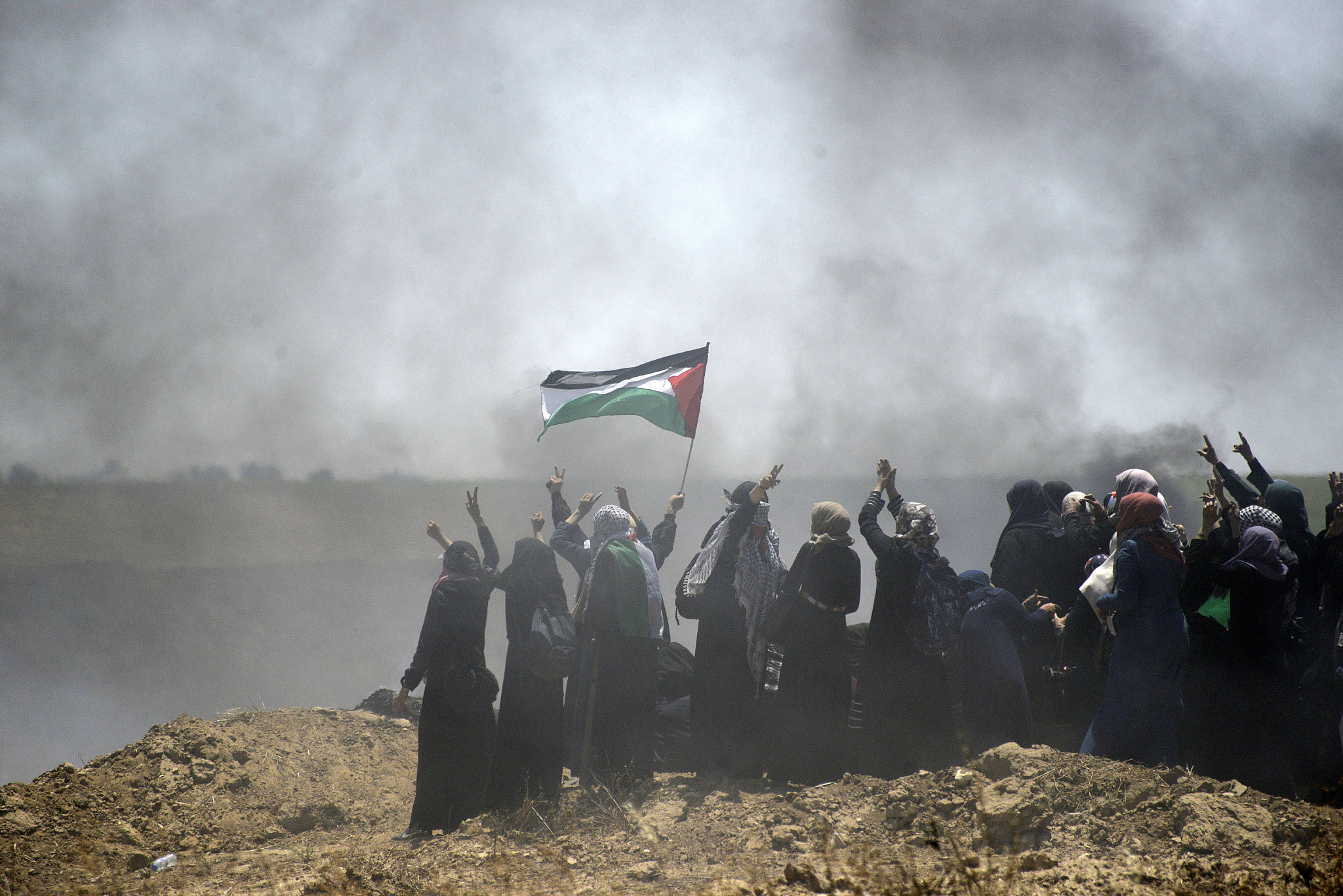
Moskovich further noted that the military police were not investigating the incident, and that Bardin’s claim that the IDF Spokesperson had published false information “does not warrant opening an investigation.” For its part, the IDF Spokesperson did not respond to a question regarding whether the General Staff investigation began following Bardin’s inquiries or whether it had been opened independently.
Separately, Lustigman also approached the Justice Ministry’s freedom of information unit, which said that the military’s response in August was “sufficient” and that her complaint had therefore been taken care of. The FOI unit further claimed that Lustigman’s objection to the IDF’s response was “not about ‘information’ as it is understood legally, but about ‘knowledge’ that does not carry ethical legal obligations.”
In late October 2019, Lustigman took her complaint regarding the army’s response to her FOI requests to the State Comptroller, requesting an investigation into the delays and failures. In particular, Lustigman emphasized the lack of transparency surrounding the progress of the case. The State Comptroller wrote in mid 2020 that “the matter is being looked into.”
In February this year, a group of university professors joined in the effort to get an answer from the IDF Spokesperson. In a letter to the State Comptroller, the professors wrote that Bardin’s investigation “raises doubts as to whether the IDF Spokesperson’s statements… are correct. [Bardin’s complaint] suggests the attack may not have happened at all, and that the story was fabricated by the spokesperson together with army officers.”
“It is difficult to believe that the IDF came up with an entirely fictional battle, but if it turns out that this story is indeed false, it would be an especially scandalous violation of the IDF’s expectation that soldiers and officers report truthfully,” the professors added. “We have no way of determining whether the battle in question actually took place. Questions that were meant to shed light on the matter were sent to the [IDF] Spokesperson, but they refused to respond over and over. As such, we are turning to you, since you can get answers more easily,” they wrote. The State Comptroller has not responded at the time of publication.
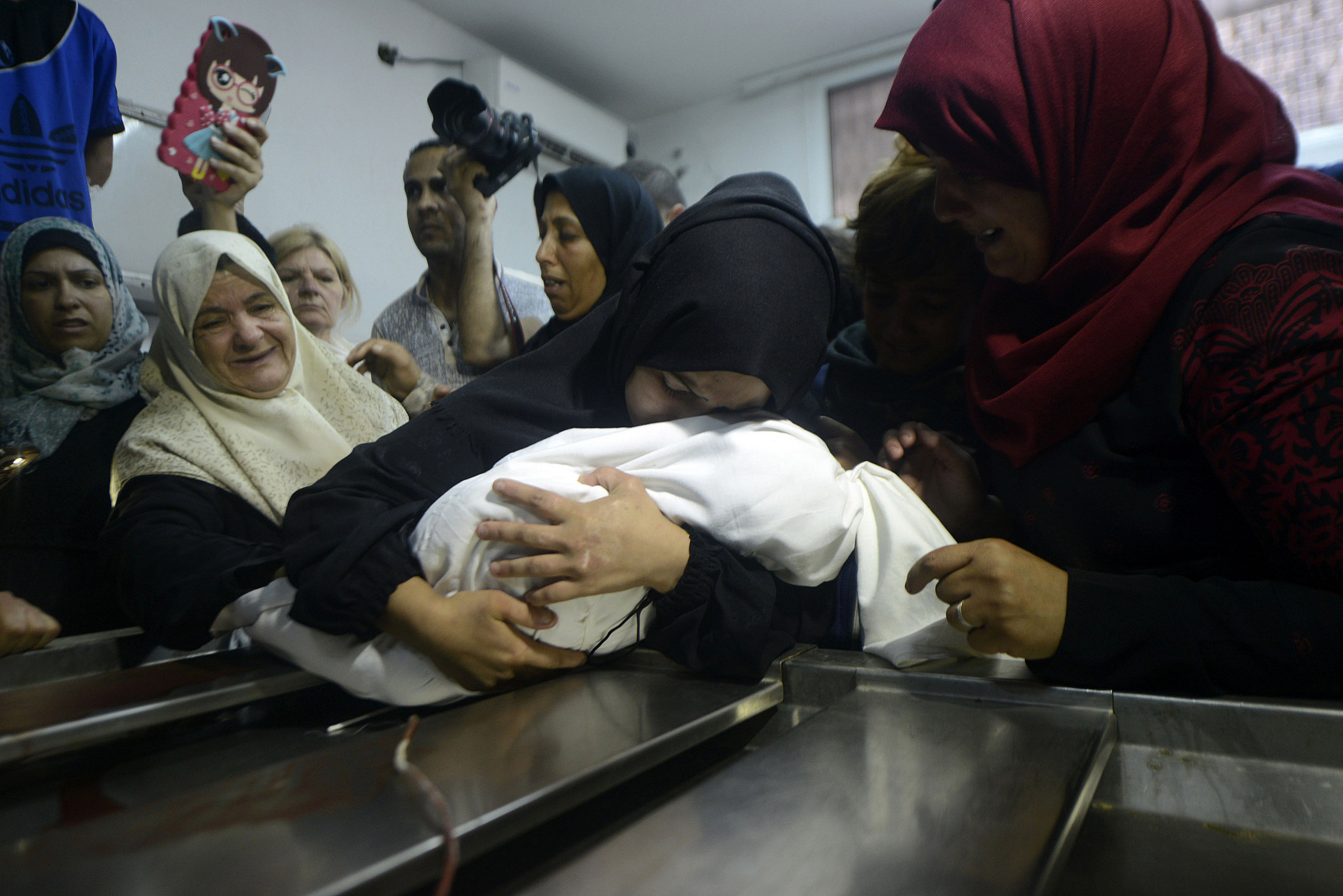
Lustigman says that the challenges she and Bardin have encountered and continue to face are “an attempt to bring Bardin to despair,” and that there is “an air of a cover up.” “Obviously, as more time passes since the incident, it gets significantly less likely — even impossible — to reach any conclusions.”
When asked why he doesn’t give up, Bardin responded: “It irks me. If the army is capable of such a thing, someone has to expose it. It is quite an extreme case, but it could be possible that the army does this all the time. I didn’t feel comfortable giving up. I refused to accept that those who have power do as they wish, and that the entire system goes along with it.”
So, what happened on May 14?
Two years after the alleged battle, it is still difficult to piece together what exactly happened on May 14, 2018. Two human rights organizations reported that at least one man opened fire at the soldiers in the same area where the Israeli army alleges the battle took place.
B’Tselem’s database supports these reports. According to the organization, there were 21 casualties at this protest location, including two minors and a paramedic. But the name of the person in the health insurance card that was shared by the IDF Spokesperson — Tamer Farouk Subhi Abu Ghaban — does not appear on the list of casualties from that day.
A Human Rights Watch report confirms that four armed men tried to attack Israeli forces by advancing toward the first fence, on the Gazan side, and Israeli soldiers stationed about 80 meters away opened fire and killed them. According to one witness, there was one armed man, but Hamas affiliates asked him not to open fire, fearing Israeli retaliation.
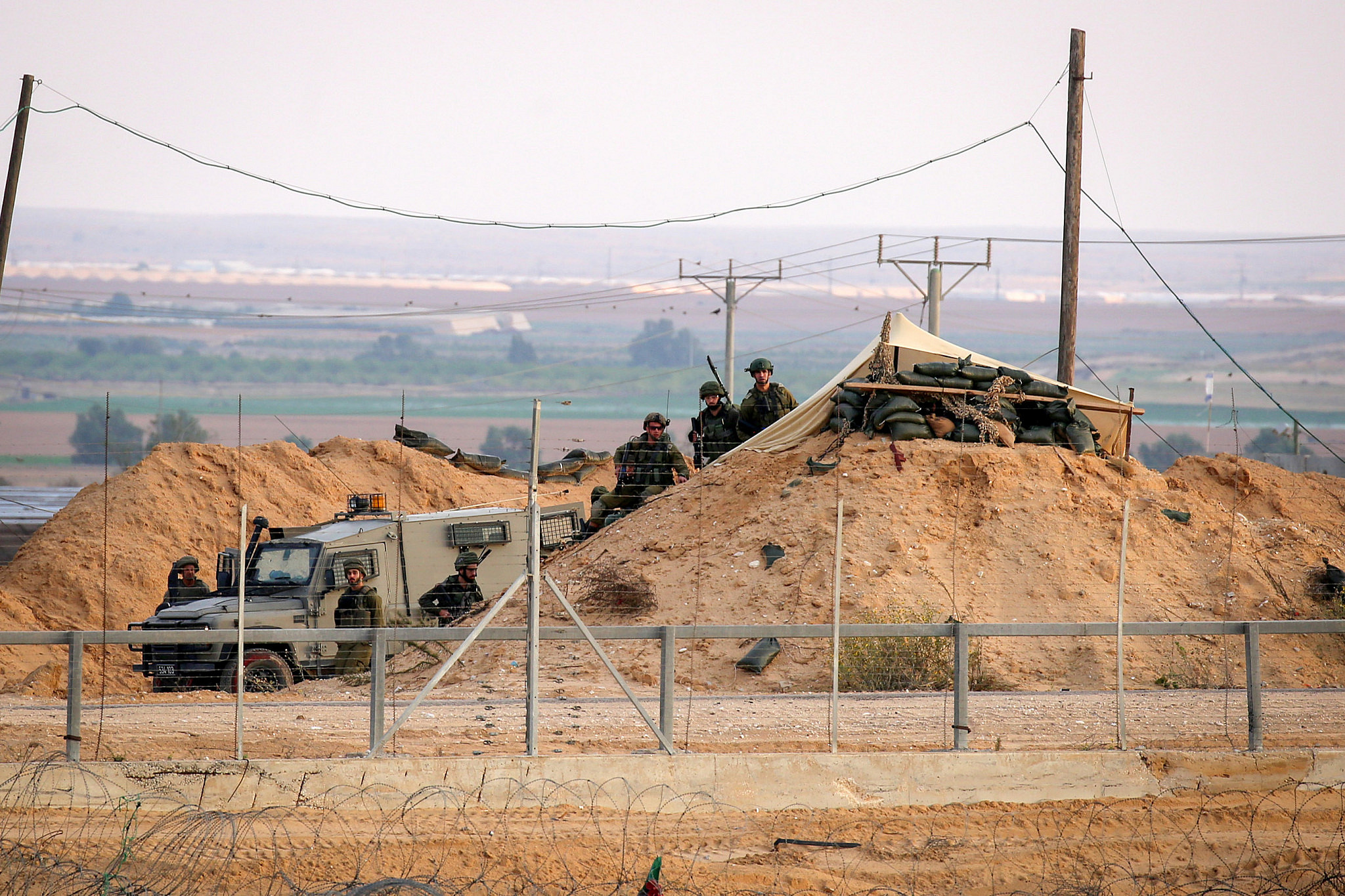
The United Nations’ Commission concerning the Great March of Return protests “viewed a video in which a person in civilian clothes, metres away from a sizeable group of demonstrators and cheered on by them, fired a rifle towards the Israeli side of the separation fence at a distance of between 50 and 70 m from the fence,” though it could not determine whether the armed individual was part of a group of militants.
Based on documentation of the protests, including from the Israeli side, protesters repeatedly have split off from the central group and approached the separation fence in an attempt to vandalize it or throw stones at soldiers. In several instances, this appeared to be a spontaneous development rather than a planned action. Is it possible that the Israeli army exaggerated this incident? That is what Bardin is trying to find out, with no success.
When +972 asked the IDF Spokesperson’s Unit whether they could confirm that the information published in the original press release is true, they did not respond. They also did not answer the question as to whether the alleged battle took place or not.
Instead, the IDF Spokesperson said that “as Mr. Bardin and his attorney were told several times in the past, the shooting incident on May 14, 2018, is being investigated by the General Staff’s interrogation mechanism.”
“To clarify, Mr. Bardin’s account of the incident is based on published materials, not direct information. At all stages, after examining the testimonies and materials included, it was concluded that an investigation was not justified. The investigation of the mechanism is pending and the findings will be transferred to the Military Prosecutor’s Office.”
This article was first published in Hebrew on Local Call. Read it here.

